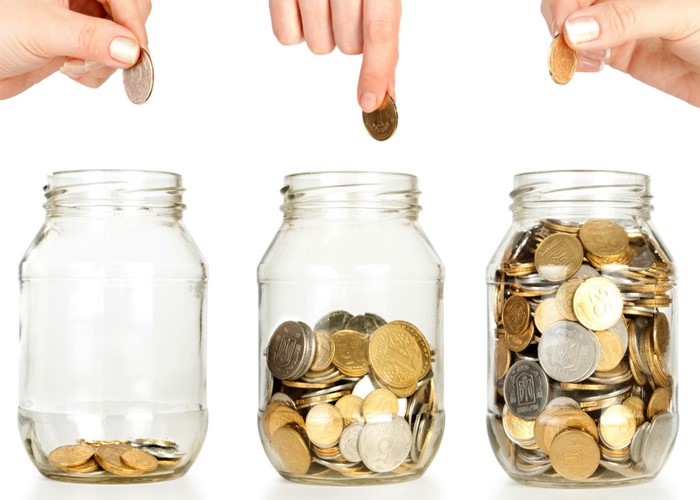How today's savings revolution could make you richer

Here's how you could be hundreds of pounds better off this tax year.
Today marks a savings revolution that could give your bank balance a handy boost.
It's all thanks to three significant tax and savings changes, which we'll look at in a little more detail below.
1. Personal Savings Allowance
The key announcement is the Personal Savings Allowance, which allows basic-rate taxpayers to get their first £1,000 of savings interest tax-free.
In previous years, savers have paid 20% Income Tax on non-ISA savings, but that is no more. This means that traditional savings accounts - and high interest current accounts in particular - suddenly become far more attractive.
Note that those who pay more in tax won’t get quite as big a benefit: higher-rate (40%) taxpayers have a £500 allowance while additional-rate (45%) taxpayers will get nothing.
Read more about the Personal Savings Allowance over at Personal Savings Allowance: how it works and where you should put your money.
2. Innovative Finance ISAs
The second change we've seen today is the launch of the Innovative Finance ISA, or IF ISA if you prefer.
This will allow savers who do peer-to-peer investing, where you lend money to other people or businesses via a third party, to take advantage of tax-free returns. Traditionally such investments were excluded from ISAs.
Peer-to-peer does offer a higher rate of return than traditional savings, but of course there is an element of risk involved.
It's obviously very early days for the IF ISA so there aren't that many providers to choose from right now, but expect competition to increase in the near future.
3. Dividend Allowance
Thanks to the Dividend Allowance means that you don’t pay tax on the first £5,000 of dividend income from shares outside of ISAs.
Above the limit, tax is applied in line with your Income Tax bracket so basic rate taxpayers will pay 7.5%, higher rate taxpayers will pay 32.5% and additional rate taxpayers will shell out 38.1%.
The Dividend Allowance replaces the dividend tax credit system where dividends were tax-free for basic-rate taxpayers. Higher-rate taxpayers used to pay a 25% tax while additional-rate taxpayers shelled out 30.56%.
As well as the new allowance, dividends you get in a Stocks and Shares ISA and pension funds can still be used to shelter your investments from tax.
Get more information by reading The Dividend Allowance: what it is, how to benefit and the best share picks.
Pushed to the next level
Be careful as savings interest counts towards your income when the taxman calculates what level of tax you pay. So as you’ve probably gathered, a higher level of savings interest can push you in to a higher bracket. If your salary is close to the £43,000 mark, you might miss out.
On the other end of the scale, lower earners can make the most of the starting rate of tax for savings.
If your total taxable income come to less than £17,000, you can earn a further £5,000 from savings without paying any tax and it can be added to your £11,000 personal allowance and £1,000 Personal Savings Allowance.
Many of those who benefit from this perk are pensioners.
Compare some of the best savings accounts on the market with loveMONEY
Learn more from loveMONEY:
Young workers 'lose up to £19,000' in pension shakeup
16 LEGAL ways to save on your tax bill
Comments
Be the first to comment
Do you want to comment on this article? You need to be signed in for this feature